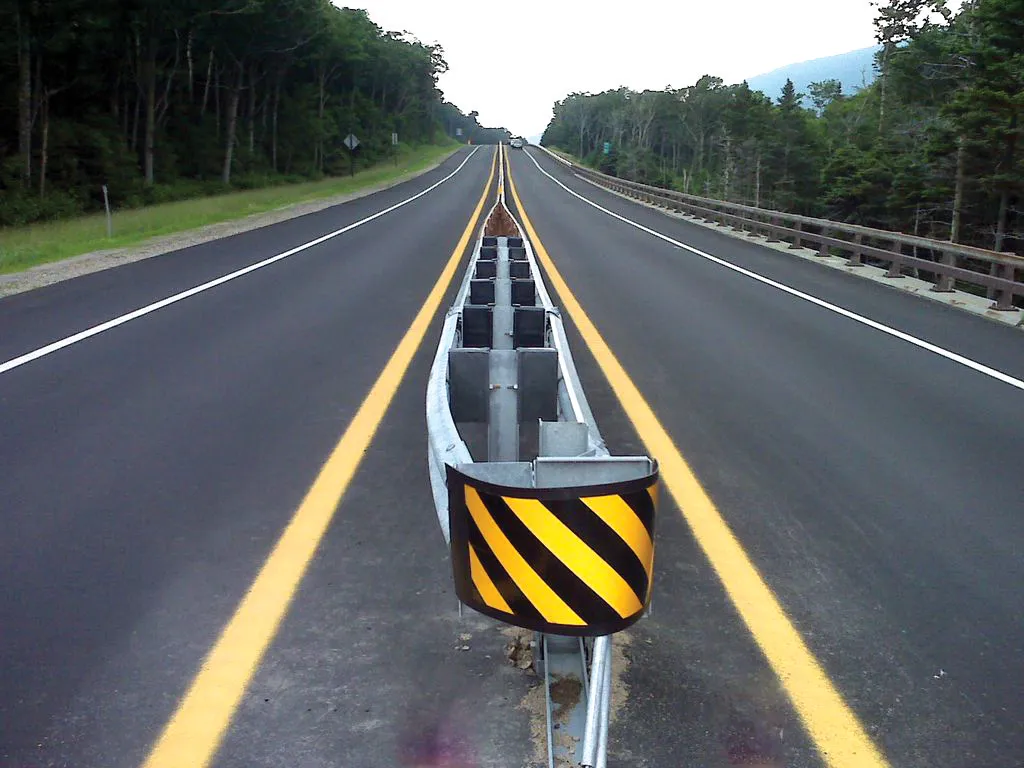Via Nordica, the road technology conference of the five Nordic countries (Denmark, Finland, Iceland, Norway and Sweden) has changed from the traditional Nordic event to become more international The conference, held every four years, rotates between the five countries, and the 2008 event, held in Helsinki, the Finnish capital, was a clear demonstration of the international trend. An accompanying exhibition attracted more than 70 companies and organisations from 14 countries. Pär-Håkan Appel, the secretary g
July 31, 2012
Read time: 5 mins

Via Nordica, the road technology conference of the five Nordic countries (Denmark, Finland, Iceland, Norway and Sweden) has changed from the traditional Nordic event to become more international
The conference, held every four years, rotates between the five countries, and the 2008 event, held in Helsinki, the Finnish capital, was a clear demonstration of the international trend. An accompanying exhibition attracted more than 70 companies and organisations from 14 countries.Pär-Håkan Appel, the secretary general, explained: "A major change towards the international approach took place four years ago at our conference in Copenhagen, Denmark. It was the first time when simultaneous interpretation was provided in English, and the same took place in Helsinki. The reason is practical: this way we attract participation from other than the Nordic countries. In Helsinki, 24 nationalities were present, and the number of participants was close to 1,500."
"Road technology is today a global issue and cannot be restricted geographically. We regard our Via Nordica event to be just another international conference that can be attended by anyone interested in the latest trends of road and traffic related issues," Appel said.
Common Nordic market A key subject was the objective to make the region of the Nordic countries a Common Nordic Infra Market by 2015, and at a later stage a Common European Infra Market.
The project, initiated by the Nordic Council of Ministers, aims to develop a more common Nordic market with procurement practice stimulating innovative project delivery, increased productivity and profitability. The project now includes the Road and Railway Authorities in Denmark, Finland, Norway and Sweden.
Bjorn Erik Selnes, project manager of the Norwegian Public Roads Administration summarised some of the project milestones achieved so far. In June 2008 a common web portal was established with description of upcoming projects and contracts that are valued at less than E50 million. A common word list of construction and contract terms has been worked out and will be combined with the project portal: the list includes the terms in Danish, Finnish, Norwegian, Swedish, and English. Common indicators, reporting routines and evaluation forms for HSE (Health, Safety, and Working Environment) have been worked out. Common development of delivery models (contract types and partnering models), common adjustment of practice, common training of personnel and establishment of a network and benchmarking group exist.
Project manager Michael Blaschko of German contractor Bilfinger & Berger listed the elementary obstacles for a company entering a new market area: national laws and regulations and the language challenge.
"Thoroughly prepared contract regulations based on European directives are crucial, and naturally the English version of technical specifications is essential," he pointed out. He also welcomed projects over E50 million, which would be more interesting to international bids.
The initiative of the Nordic Common Market was also welcomed by Axel Christensen, director of transport infrastructure from the consultancy company
"The authorities in Nordic countries utilise advisors and consultants quite differently and we also see great differences in procedures within each country. This initiative is an important step in the right direction," he said.
Traffic safety "The Nordic countries are among the safest in the world, and this includes traffic. Many measures taken have resulted in less accidents but speeding still remains the unresolved problem. Traffic monitoring also reveals that more and more drivers do not want to follow speed limits. The only way to reduce the risks resulted by speeding is to make the speed limits lower," explained Michael Sørensen, researcher from the Institute of Transport Economics in Oslo, Norway.
"Reducing average speeds by 10% results in 40% fewer fatal accidents and serious injuries. Over 50% of Swedish drivers drive over the speed limit. If all drivers in the country would follow the limit, there would be around 150 fewer fatal accidents," he claimed.
One way to reduce speeds is to increase controls by traffic police. According to Jesper Sølund, project manager from the Bureau of Higher Traffic Safety in Denmark, the problem can only be solved by politicians who need to allocate more resources for the police.
Another human factor-related study in Iceland found that the number of drivers aged between 17 and 20 involved in traffic accidents has decreased considerably. Einar Gudmundsson, the director of Iceland's Central Security Bureau said that between 1998 and 2007 the number of youths involved in traffic accidents decreased from 40-22%. The most important reason for the development has been organising voluntary courses for young drivers.
One factor, repeatedly raised in presentations as a reason for speeding, was the high speeds modern vehicles are able to achieve, with manufacturers producing ever more powerful vehicles although the speeds they can attain are not allowed.
New measures to improve safe driving are being investigated. The Technical Research Centre of Finland VTT is lead researcher of an EU-funded, pan-European research programme. The project is researching future interactive traffic services that will become part of vehicle systems in around five years.
The next Via Nordica will be in Reykjavik, Iceland, in 2012, the first time it has been held in that country.








